If you are a startup founder, product manager or designer, this thread is for you.
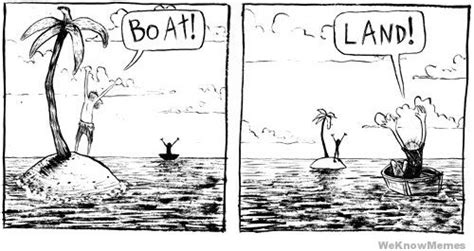
I like to define it as: a systematic error in perception due to the environment that one is embedded into.
Imagine a cognitive bias to be like being born wearing ROSE TINTED glasses, not ever knowing that these glasses colour your entire world pink and then fighting with everyone who disagrees with you
because your sharp intellect works on biased data to derive erroneous conclusions, but you don’t doubt your conclusions because you’re confident of your intelligence.
Geocentricism was an UNDERSTANDABLE cognitive bias because sun rising and sinking is what people saw every single day.
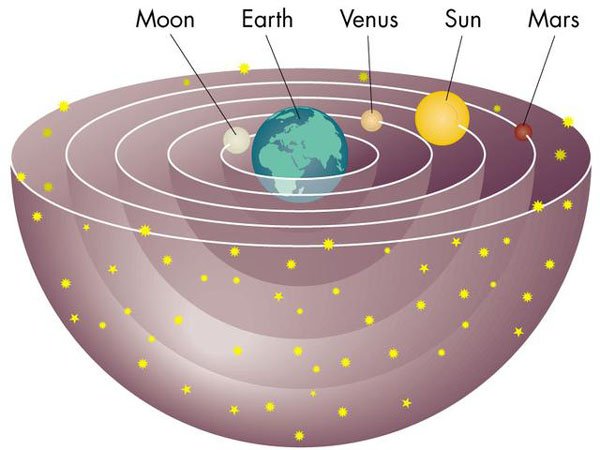
In its world, some kind hearted person feeds it every single day. That's a cognitive bias.
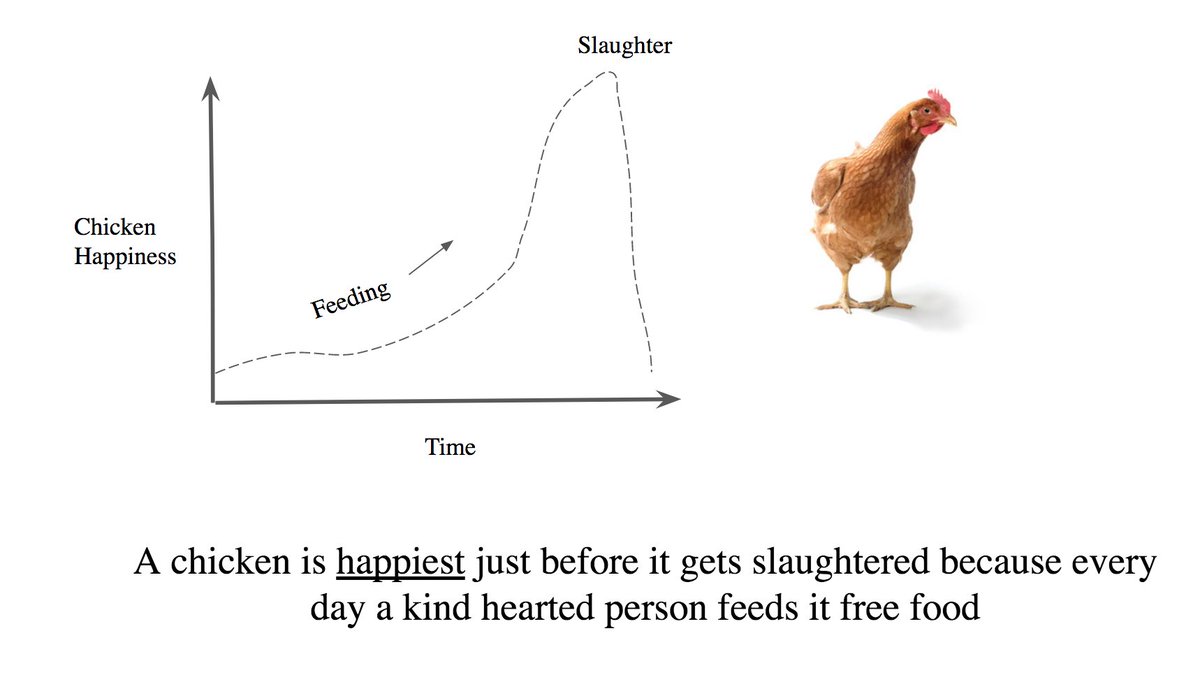
I have also previously wrote about general cognitive biases and how to avoid them on my blog: invertedpassion.com/hacks-to-avoid…
They have all sorts of IMPLICIT GOALS (such as career progression, good relationships) that nobody would admit openly

Many product managers _think_ they're making a good product while they're trying to do interesting work. That's a cognitive bias!
I have identified SIX cognitive biases. If you have more, lemme know.
This excellent cartoon by @marketoonist illustrates what typically happens when talking to customers.
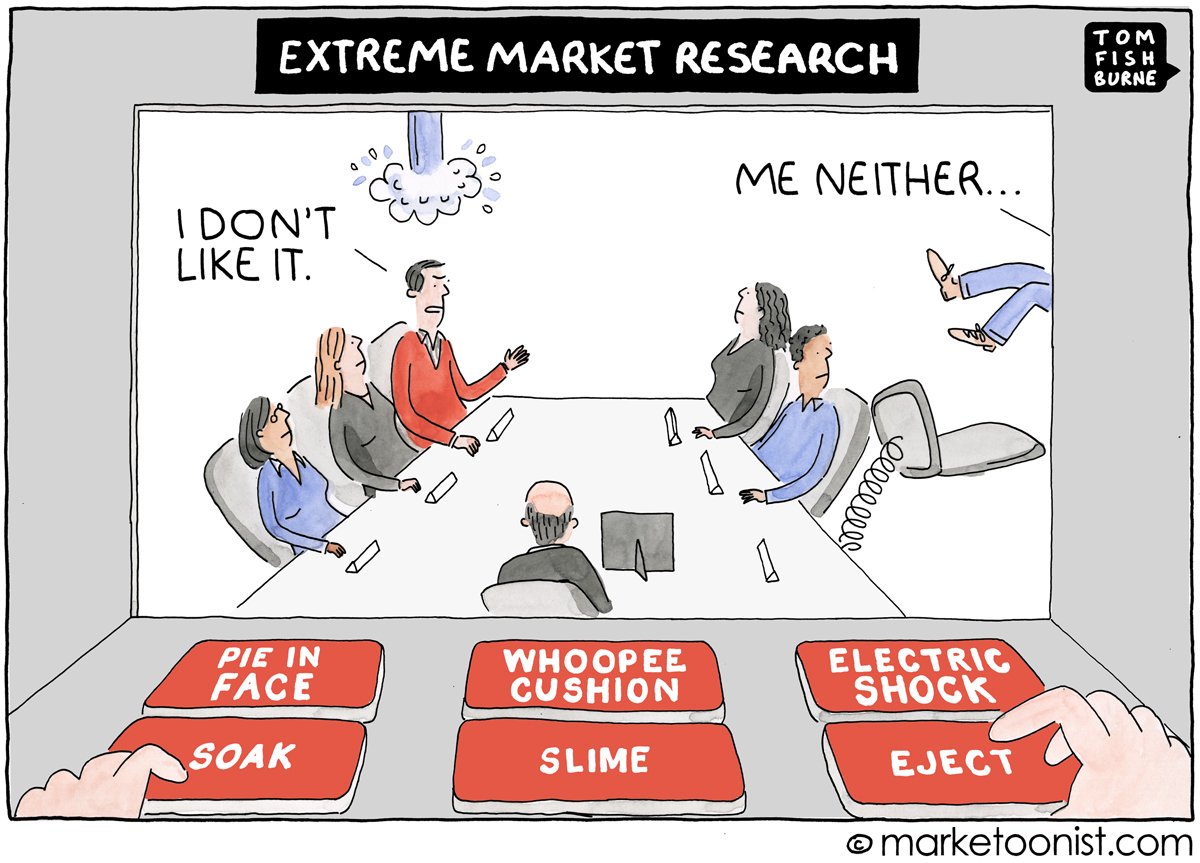
Customers are nice and will cook up an answer that isn't rude to you. You'll interpret it as a 'yes'!
One book that I highly recommend to learn how to do user interviews is 'The Mom Test' by @robfitz momtestbook.com
This comic by @chainsawsuit illustrates this bias.
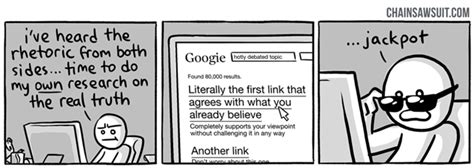
@PHDcomics knows this feeling perfectly!
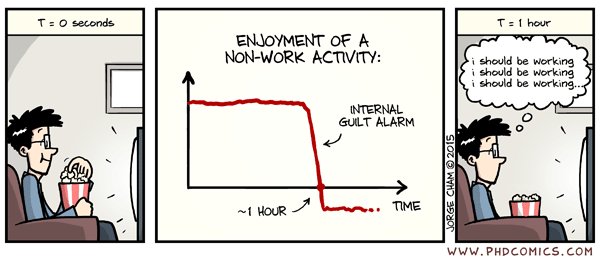
ALWAYS BUSY ENGINEERS = COMPLICATED PRODUCTS.
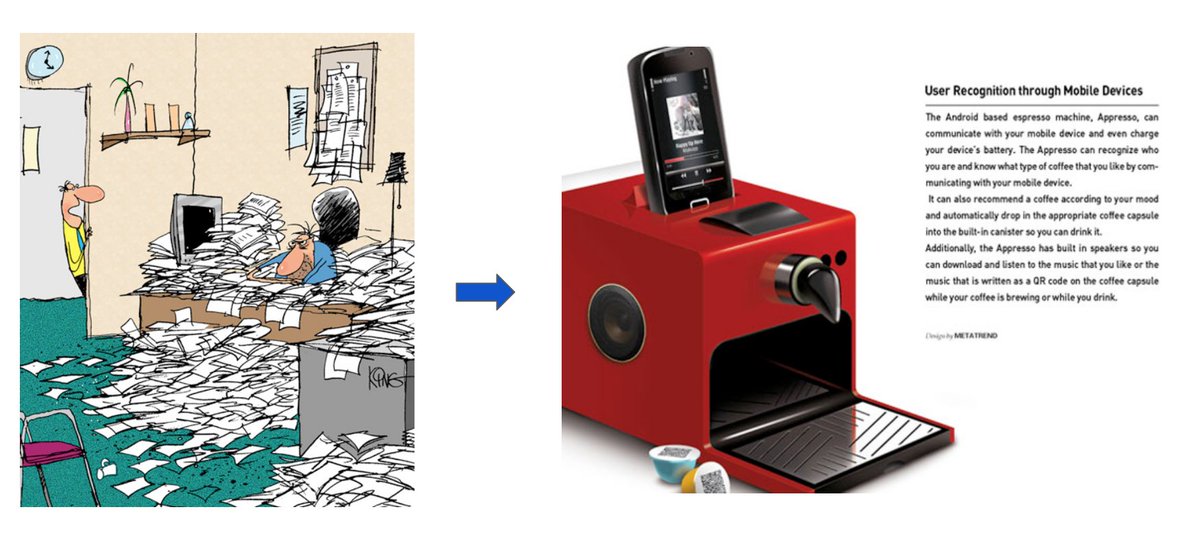
How would you convince your manager that you’re creating value by not working?
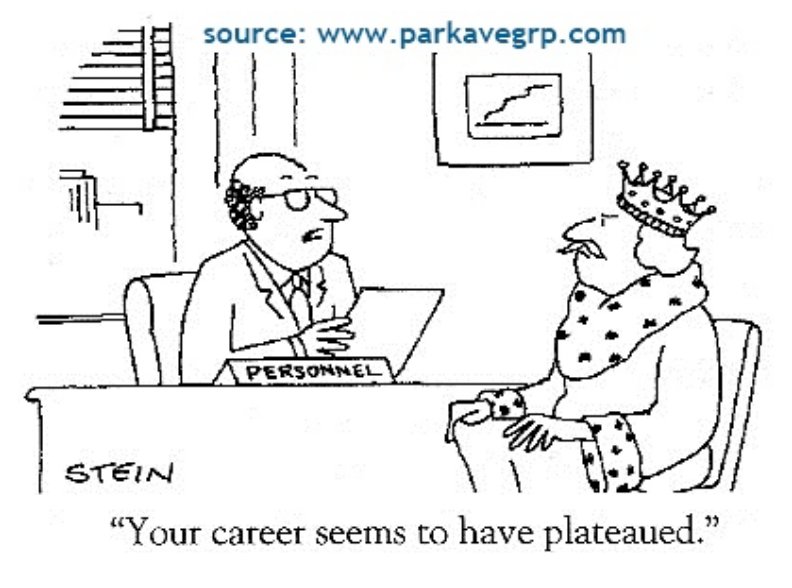
This means _just_ relying on customer input can lead you to build INDEFENSIBLE BUSINESSES.
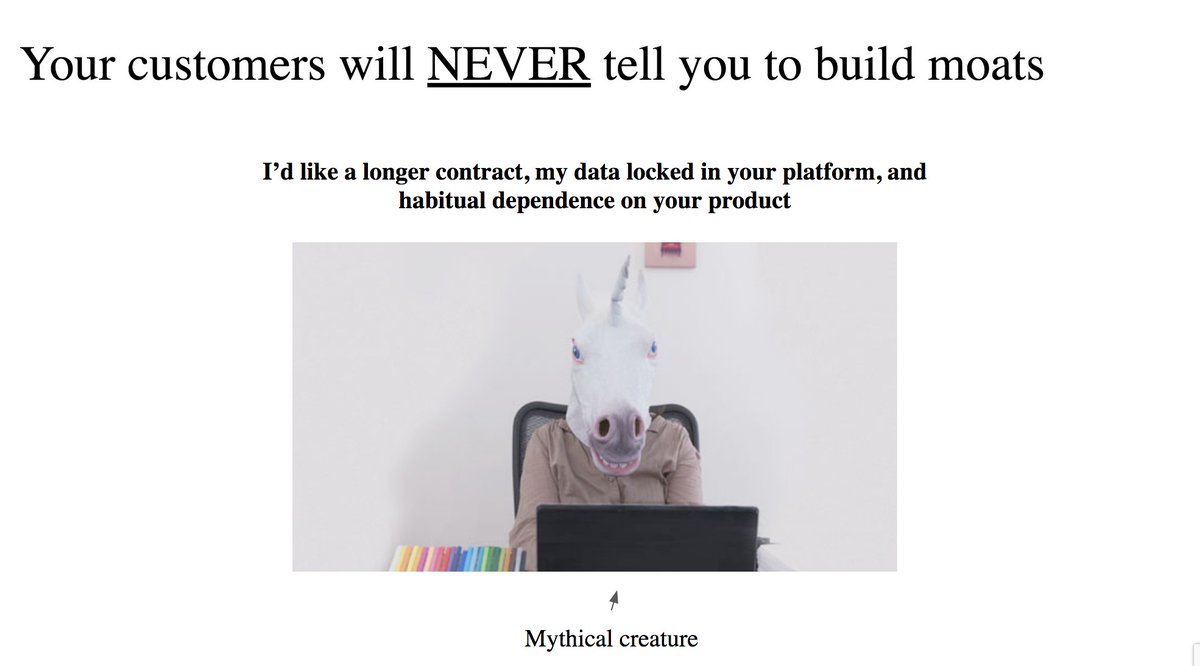
People really are NOT very INTERESTED in talking with a business
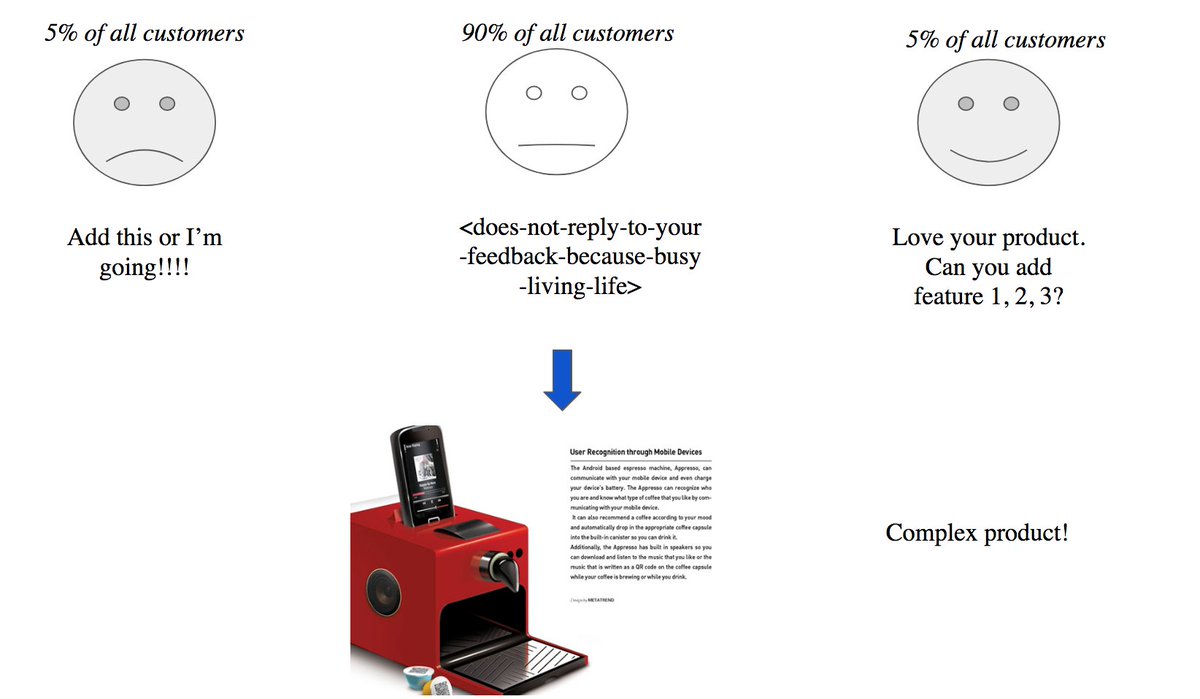
Every couple of years, a new software claims to revolutionize simplicity. Products like iPhone, Slack: all were actually simple to begin with. But with time, they became more and more complicated. Why?

Over time, as her understanding gets better, she seeks out customers with evolved needs. She starts building ‘advanced features’ because ‘basic features’ are done
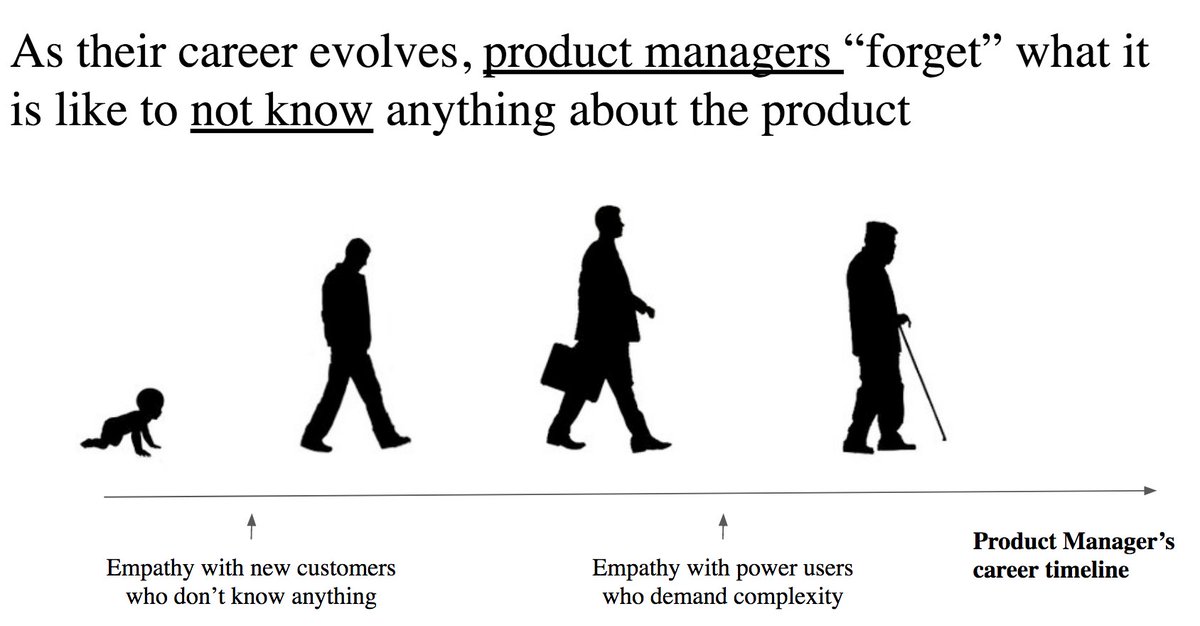
Similarly, TO a DESIGNER, EVERYTHING looks like a DESIGN PROBLEM.
Comic by @satukyro
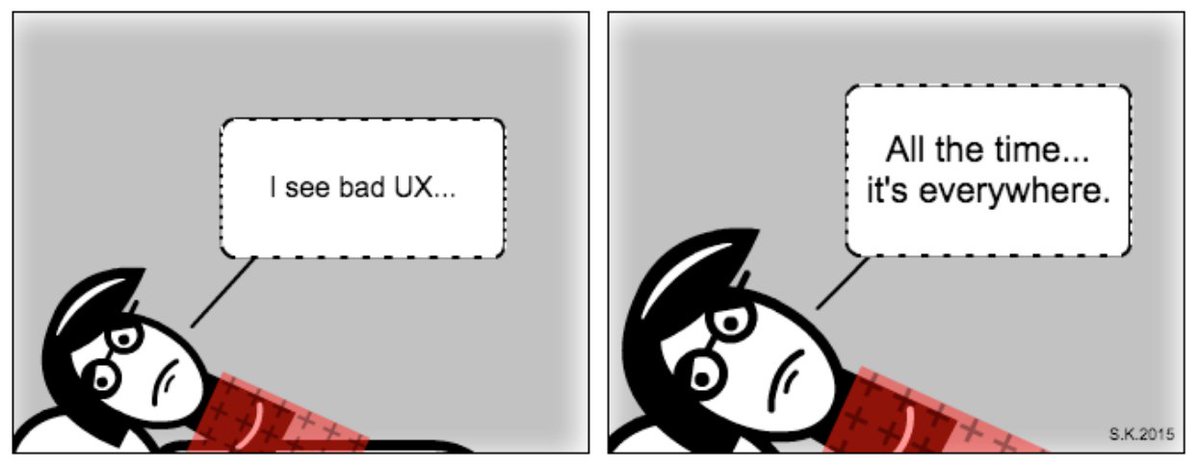
growth.wingify.com/when-beautiful…
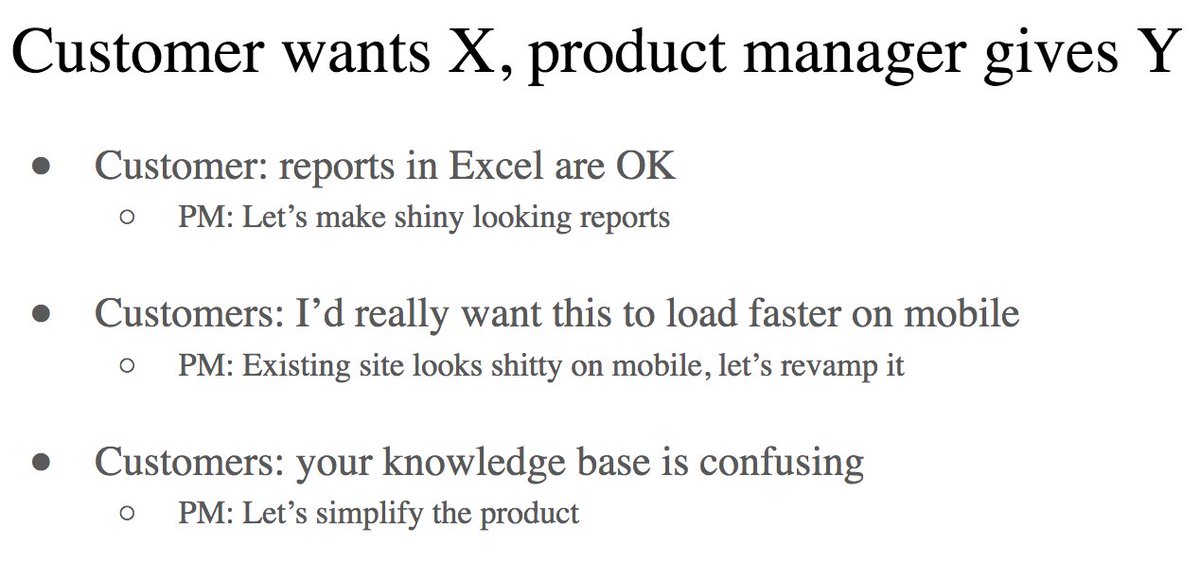
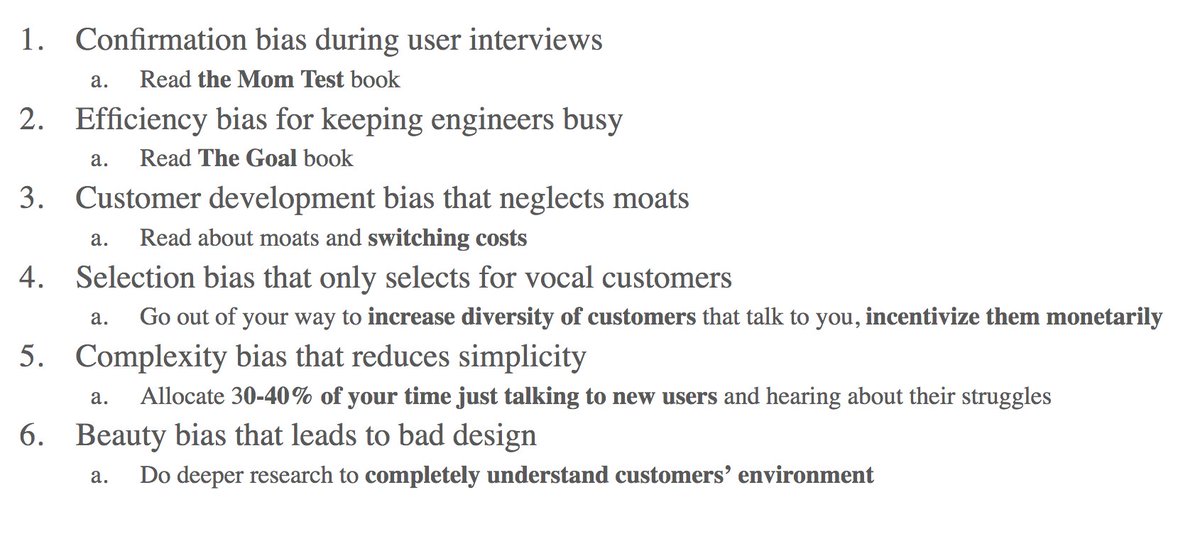
If you have a cognitive bias for product design that I didn't capture, let me know!
RT for your product and design friends :)




